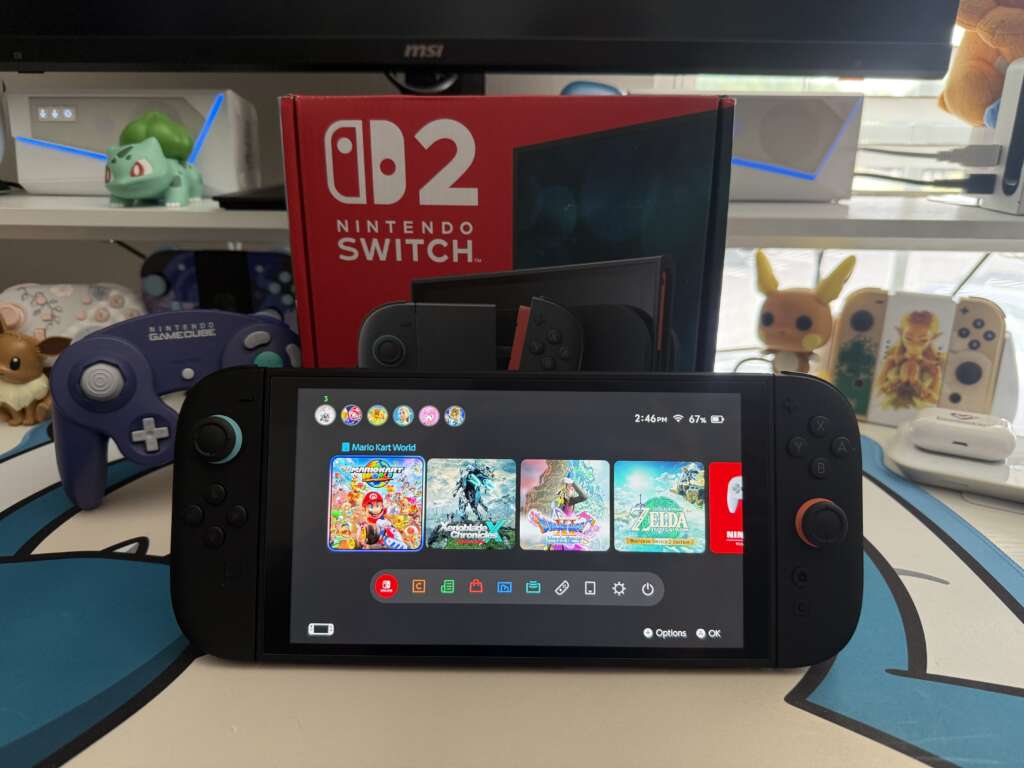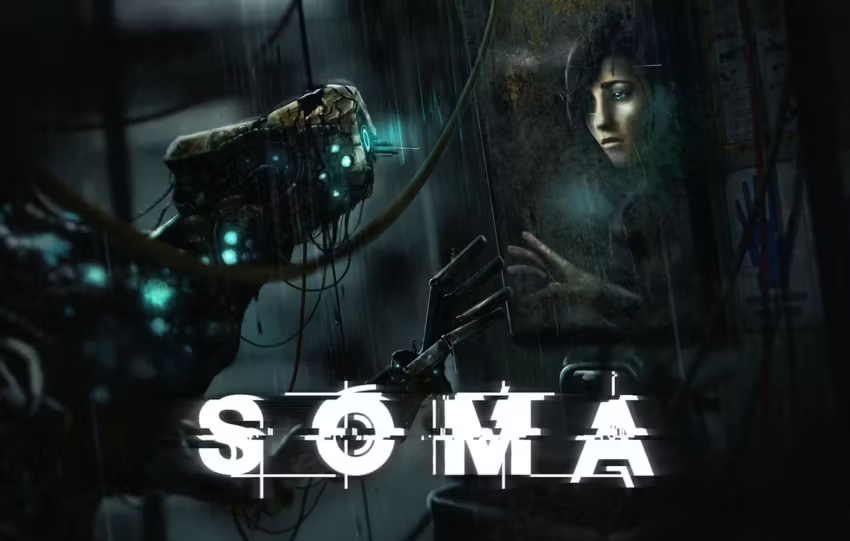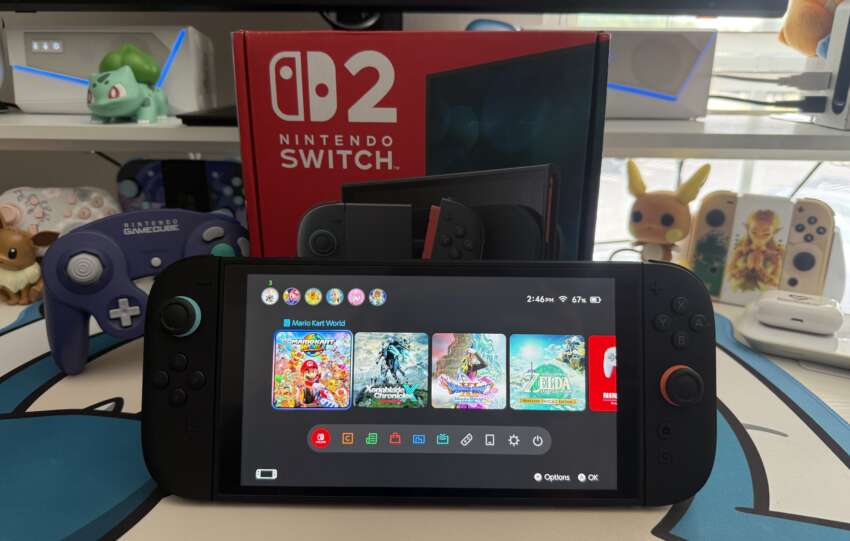Let’s talk about digital game cards, or as most gamers now see them—fancy boxes with no game inside. These physical cards that only include a code for downloading the game have been underperforming hard, especially when it comes to third-party titles. We’re talking way below sales forecasts, to the point where even some publishers have called them “the lowest-performing physical product launches” they’ve had.
And honestly? No surprise here.
These game-key cards might look like a real physical copy, but once people realize they still need to download the full game and be connected to the internet just to use it… yeah, they’re out. For players who enjoy collecting, sharing, or even just owning their games outright, this format feels like an overpriced receipt in a plastic shell.

The worst part? It seems like this wasn’t done for player convenience—it was done to save money on production. And that’s where the frustration kicks in.
This is what happens when you mind the friction of money more than your loyal customers.
Nintendo’s strategy here is pretty clear: cut cartridge costs, keep the box on shelves, and hope nobody notices. But fans did notice. And they’re pushing back—hard.
If you’re going to put a physical product on store shelves, it better deliver a full game experience. Otherwise, just sell it digitally and skip the illusion. Players aren’t falling for this half-step, and the sales numbers prove it.
The failure of digital game cards should be a wake-up call. Gamers want either a proper physical product or a proper digital one—not a cardboard box trying to be both while doing neither. Cutting corners might help short-term profits, but it’s a long-term trust killer.



